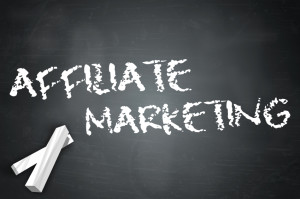How to use FAQs in SaaS Contract Negotiations?
 I have found that FAQs are not used enough by SaaS companies as part of their selling and SaaS contract negotiation process. Here is the frame of reference, at least from my perspective: you are selling something that is intangible (aka cannot touch or feel) and your customer does not exactly know what they are getting. They may know how much it costs, but how it works and what exactly they get are somewhat elusive. This is never good when trying to get a SaaS contract deal closed. So here is what you can and–more importantly–should do.
I have found that FAQs are not used enough by SaaS companies as part of their selling and SaaS contract negotiation process. Here is the frame of reference, at least from my perspective: you are selling something that is intangible (aka cannot touch or feel) and your customer does not exactly know what they are getting. They may know how much it costs, but how it works and what exactly they get are somewhat elusive. This is never good when trying to get a SaaS contract deal closed. So here is what you can and–more importantly–should do.
-
Create
Create a really great FAQ for your customer (including their purchasing, finance and legal departments) so they can better understand, for example, your ordering, renewal, onboarding, payment process, etc. The FAQ should be short and list the most important issues first. Remember, contracts are poor communication vehicles, but FAQs are great at it.
-
Communicate
Have your sales team use the FAQ when they are selling and when they are working with the finance, purchase or legal departments of your customer to get the SaaS contract closed. These people want–and more importantly need– to understand these things, and it is your job to educate and explain it to them. Did you get that? This is part of your job.
-
Examples
Who is doing this well?
- Kareo’s FAQ is really great. It is simple, short and to the point. Plus the questions are listed in categories, and the answers are hidden (initially),






